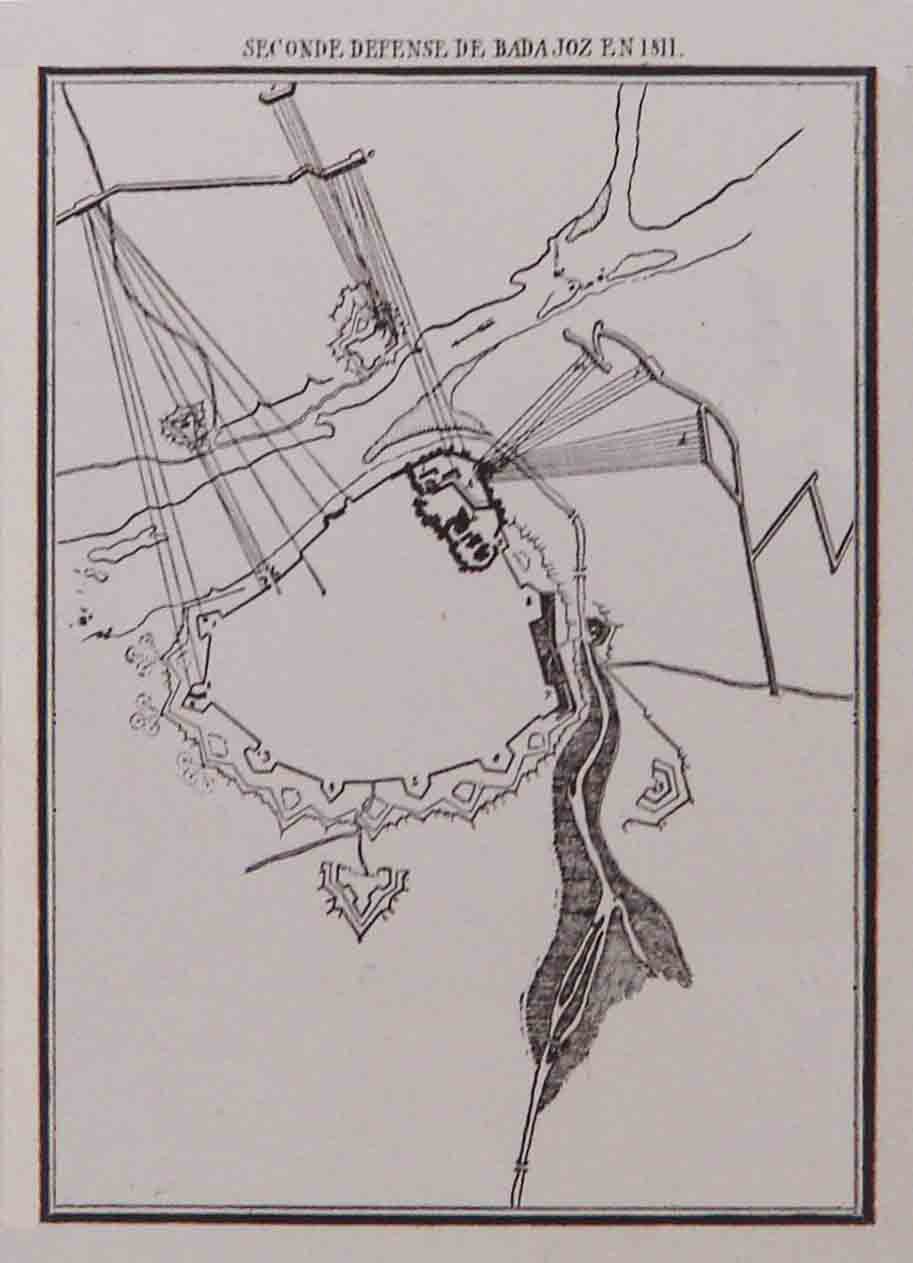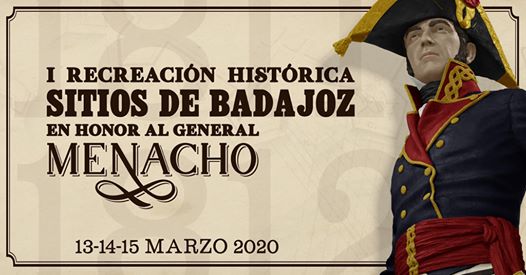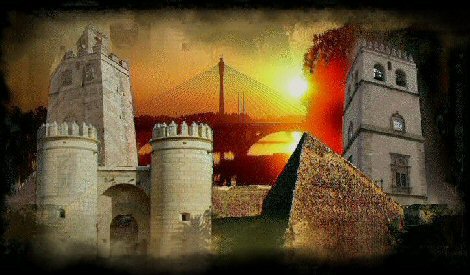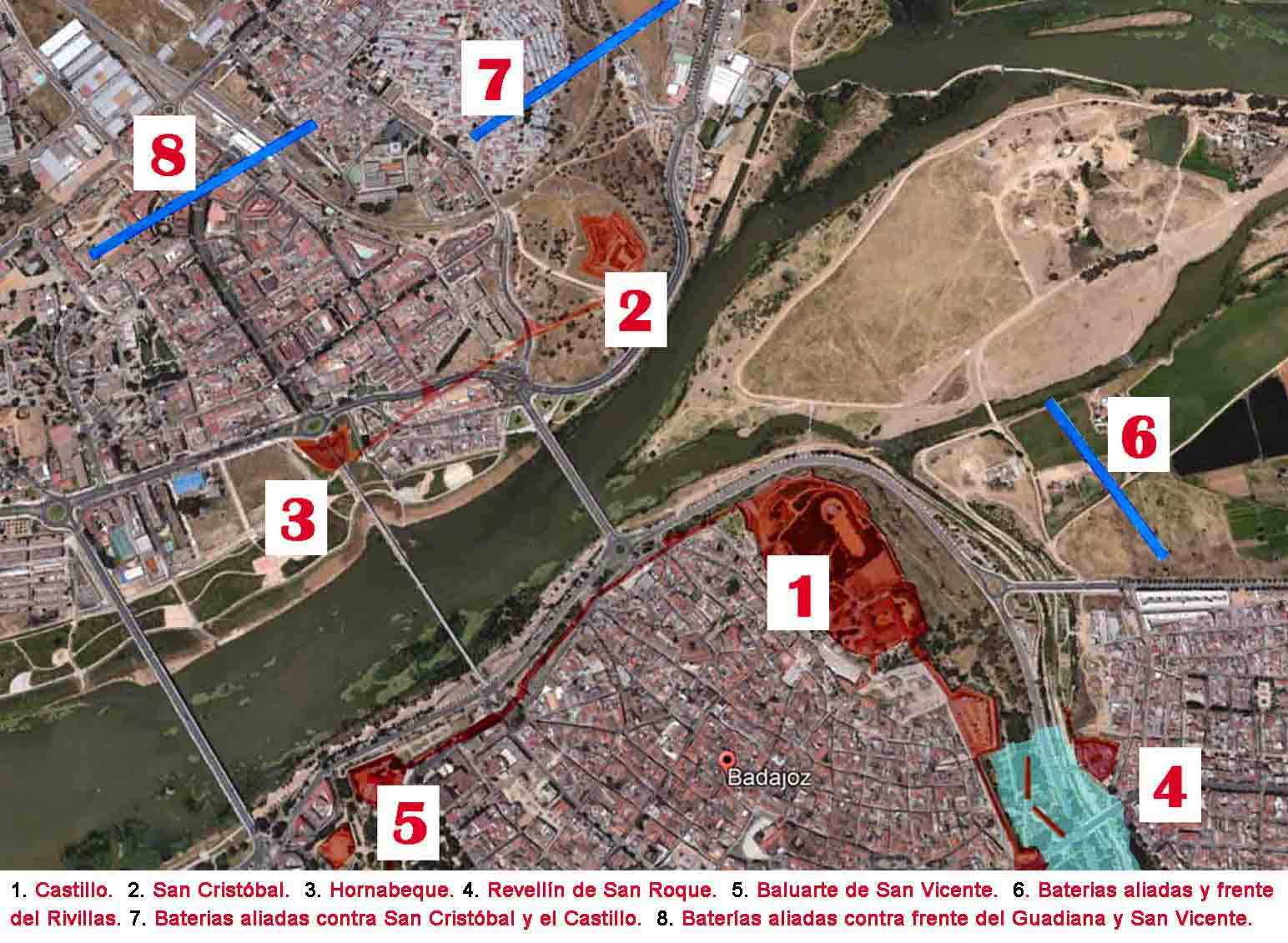THIRD SIEGE OF BADAJOZ
SIEGE OF B I HISTORICAL RECREATION SIEGES BADAJOZ |
|
||
After the completion of the bloody battle of La Albuera, both sides held their positions, perhaps trying to assimilate the high cost in lives that both armies suffered. It was 24 hours of terrible and eloquent silence. After the sad day ended, on the 16th night the French army started a movement on its right line. Faced with this, the Allies proceeded to reinforce their flank, keeping the expectation. General Soult decided to initiate an orderly retreat south, being closely followed by troops commanded by Wellingtom to the vicinity of Llerana, where the French camped pending reinforcements. |
|||
The following days the besieged continued their defense works, with little an no other being disturbed by the enemy. On the 25th, an army corps commanded by General Houston, closed the fence to the east, forcing the guards to retreat to the square. The fort of Pardaleras, already in defence, was reinforced by his gola with a six-metre-high wall. Days later the governor ordered the departure of 400 infantry, 50 cavalry and two cannons, to recognize the surroundings of the niche and San Cristobal.
That same day on the road to Campo Maior General Hamilton advanced towards the Guadiana crossing it at the height of the Crispita, to join the troops arriving days before. From Elvas came artillery convoys and a bridge was built over the Guadiana. New batteries were located in Cerro del Viento and other sectors of the fence. Some 12,000 men encircled the city, supported by 60 heavy-caliber guns and other pieces. The besieged, according to these movements awaited the main attack from the heights of the Urinal, on St. Kitts, the niche and the face of the castle that overlooks the Rivillas. Consequently, the governor ordered possible attacks on the winger and to build knights, trenches and parallels to withstand any gaps that might occur. At the same time the artillery of the square continuously shelled the siege works, leaving the trenches covered with dead and wounded. These days the French came to fire more than 3,000 cannons.
On June 3, batteries with more than 40 guns began to beat the castle belt causing great destruction in the weakened month sector of the fortress. At the same time these pieces tried to destroy the eastern stronghold of the fort of San Cristobal, managing to open an appreciable gap. Engineers planted bomb and mine pits ready to explode in the event that the Allies managed to overcome the glacis.
The next morning, an indiscriminate artillery attack ensued, ruining much of the city, leaving some neighborhoods reduced to rubble, which were abandoned by the inhabitants who managed to survive. The night was used to erect embankments and walls that were demolished.
Three days later, after an intense bombardment against the scinties of San Cristobal, hundreds of men threw themselves en masse into the moats, determined to climb inside the fort. One after the other the various waves are rejected, amid rifle blasts, shrapnel shots and hand-to-hand combat. Several times the officers tried to regroup their men, but eventually after suffering heavy losses they withdrew behind the ring lines. 6,000 attackers were repelled leaving more than a hundred dead and wounded maimed terribly in pits and glacis.
A few hours later the bombardment continued insistently, but by mid-morning it ceased suddenly. After a while, a parliamentarian showed up near the niche, requesting the commander, on behalf of General Stewar, for those in the fort to take the wounded out in the open, in front of the allied lines, in order to care for their wounded. The surrender of the bodies of a major and two other deceased officers was also requested.
Philippon ordered to reinforce and decompose the gaps, both in San Cristobal and in the Castle, waiting for the possible definitile attack. On the 11th, two deserters reported that for some reason many forces were being withdrawn in all sectors of the fence. Artillery fire gradually disappeared until total silence.

Plan of the third site of Badajoz. French second defence




